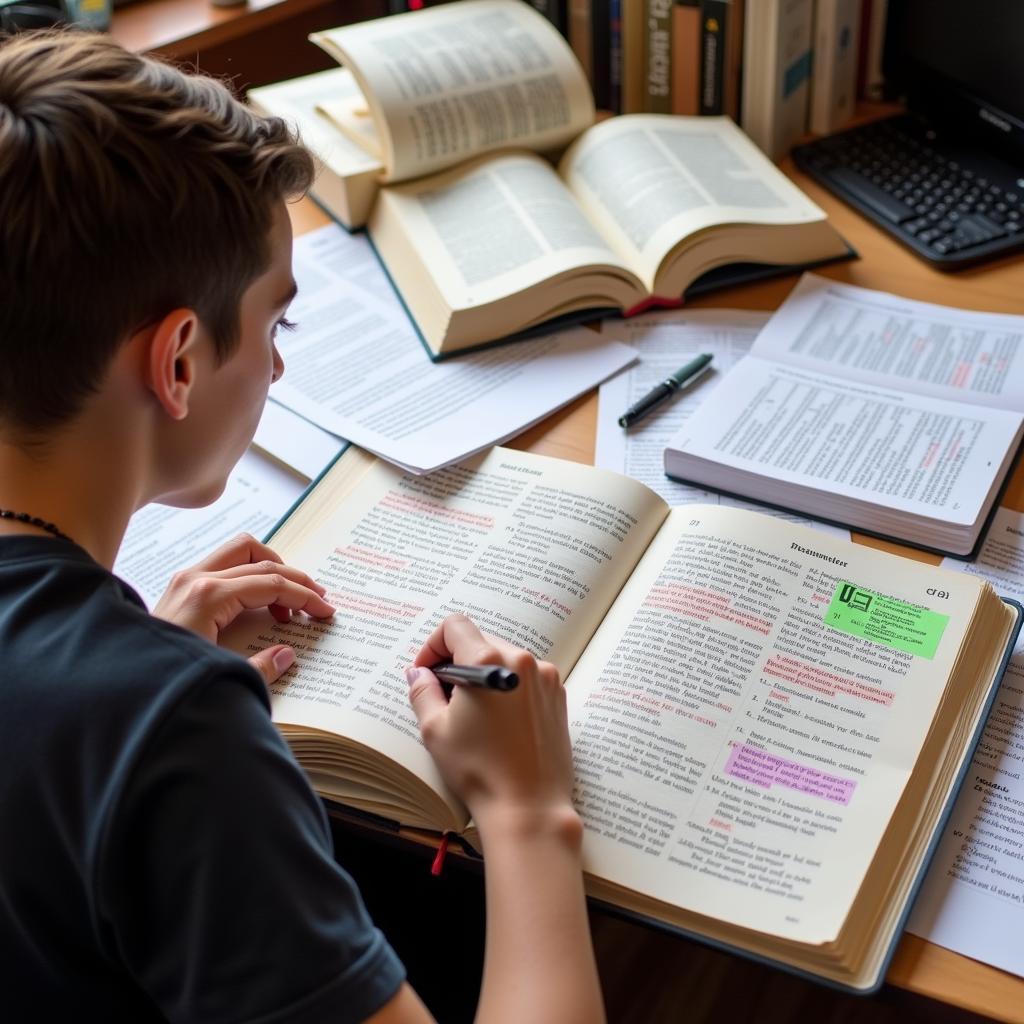Grammar mastery is the cornerstone of achieving fluency in English and excelling in the IELTS exam. Whether you’re aiming for band 7 or higher, understanding how to effectively use grammar will significantly impact your performance across all sections of the test.
Understanding the Grammar-Fluency Connection
The relationship between grammar and fluency is often misunderstood. Many students focus solely on memorizing rules without understanding their practical application. However, improving grammar accuracy in everyday conversation is crucial for developing natural language flow.

Key Components of Grammar Mastery
- Sentence Structure Proficiency
- Understanding complex and compound sentences
- Mastering subordinate clauses
- Implementing varied sentence patterns
- Tense System Navigation
- Accurate use of perfect tenses
- Conditional structures
- Time expressions and sequences
improving sentence fluency with grammar requires consistent practice and awareness of these fundamental elements.
Practical Strategies for Grammar Integration
Real-time Application Techniques
- Shadow Speaking Practice
- Grammar Pattern Recognition
- Self-correction Methods
- Context-based Learning
Time Management in Grammar Practice
how to practice IELTS writing with time limits is essential for developing both accuracy and speed. Structure your practice sessions to include:
- 15-minute quick grammar drills
- 30-minute focused writing exercises
- Regular review and error analysis
Advanced Grammar Techniques for Speaking
To enhance your speaking performance, improving speaking through self-recording can help identify grammar patterns and areas for improvement.
Speaking Enhancement Strategies
- Discourse Markers Usage
- Transitional Phrases
- Complex Structure Integration
- using indirect speech in IELTS
Common Grammar Pitfalls and Solutions
Frequent Errors to Avoid
- Subject-Verb Agreement
- Incorrect: The number of students have increased
- Correct: The number of students has increased
- Article Usage
- Incorrect: I went to university in morning
- Correct: I went to the university in the morning
- Preposition Choices
- Incorrect: I arrived to the exam
- Correct: I arrived at the exam
Expert Tips for Error Prevention
“Focus on understanding the context rather than memorizing rules. Grammar should serve communication, not hinder it.” – Dr. Sarah Thompson, IELTS Examiner
Integrating Grammar into Daily Practice
- Create a Grammar Journal
- Use Grammar-Focused Apps
- Practice with Native Content
- Implement Regular Review Sessions
Assessment and Progress Tracking
- Weekly Self-evaluation
- Error Pattern Analysis
- Progress Documentation
- Performance Metrics
Conclusion
Mastering grammar for fluency requires a balanced approach combining structured learning with practical application. Focus on integrating grammar naturally into your communication while maintaining awareness of accuracy. Remember that consistent practice and patience are key to achieving your desired IELTS score.
Frequently Asked Questions
- How can I improve my grammar accuracy quickly?
- What are the most important grammar structures for IELTS?
- How often should I practice grammar exercises?
- Can I achieve fluency without perfect grammar?
- What’s the best way to identify my grammar weaknesses?